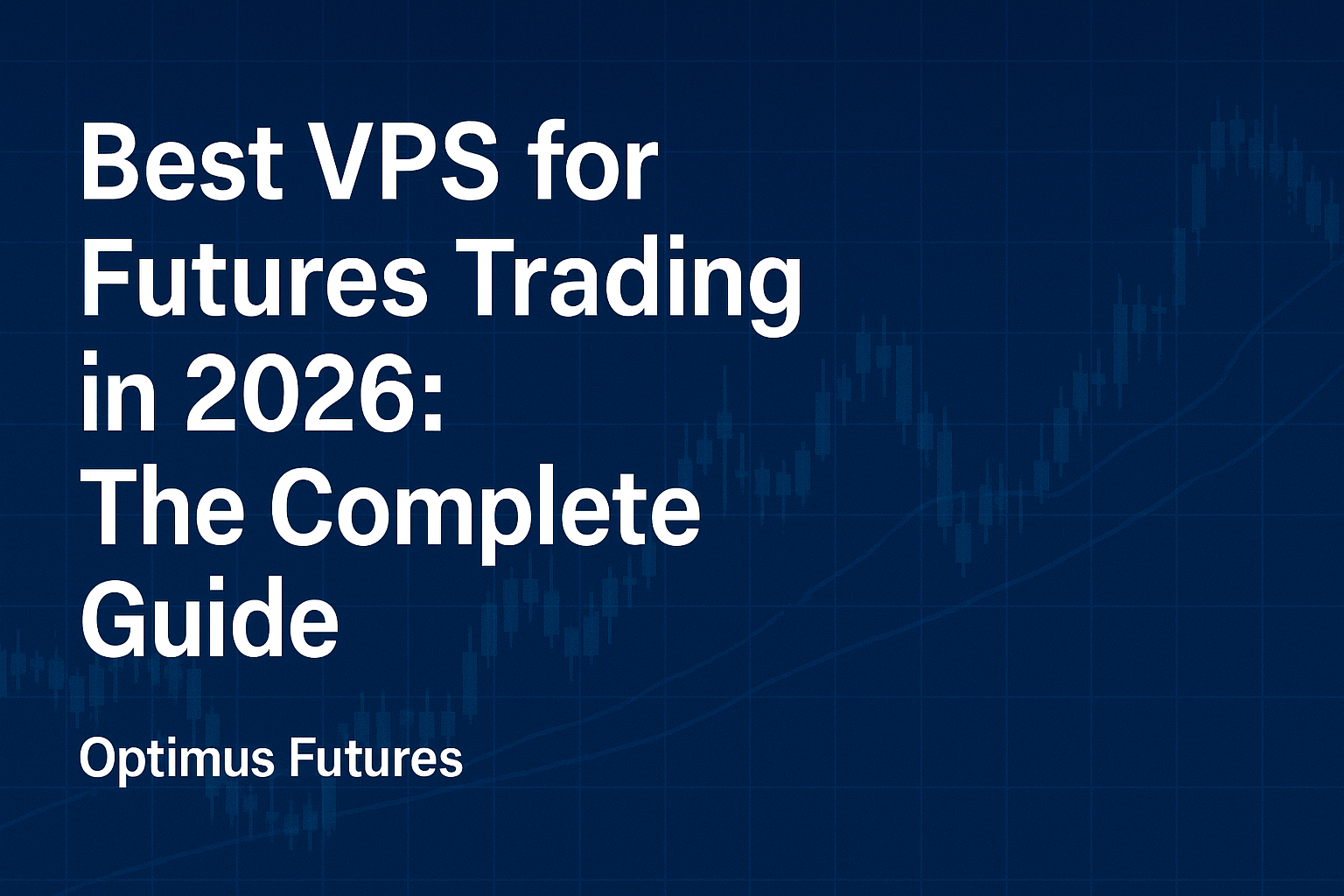Pyramiding is a commonly used money management technique and even popular trading literature promotes this way of managing positions as a low-risk money management technique. In our opinion, this is far from the truth and even though it sounds good in theory, traders who pyramid their positions quickly run into problems and we will see why.
What is pyramiding?
Let’s start at the beginning and take a look at what pyramiding is. Pyramiding means that you add to an existing position once price moves in your favor. A trader would then start with a small initial position and as the trade unfolds add to his winners and slowly build a larger position.
This sounds reasonable if you don’t look at the psychology of traders and connect it to the most common problems that exist in trading. Then, it becomes obvious quickly that pyramiding often makes things worse as we will see shortly.

Averaging up and evaporating profits
A trader who adds contracts to an existing, winning position averages his price up. For example, you bought 10 contracts at an initial price at $100 and when price was at $110, you added another 10 contracts. Now your average entry price is $105. This means that when price turns on you just a little bit, you will see your unrealized profits evaporating much sooner. This can quickly result in a variety of psychological problems where the trader starts mismanaging his positions and is also more likely to make impulsive trading decisions when price retraces a little. Especially if you have added multiple times to a position, the trade management efforts greatly increase and without a clear plan in mind, a trader can easily lose his focus.
It only works for large trends
Pyramiding only works for large trends and when you catch a runner early. Otherwise, you have to add to your position very often, which creates problems of evaporating profits and the need to manage positions too tightly as we have mentioned earlier. Or, you can only enter one or two of your scaling in entries and can’t reach your full position size often, not maximizing your profits.
So even though you might be a trend-following trader, with a pyramiding technique you need to be even more selective and only look for potentially large trends.
Greed and fear caused problems
If you follow the pyramiding approach, you have to be an emotionally stable trader and not give in to the temptations of closing your positions early. Because you start with a small initial position, you can only maximize your profits if you reach your full exposure and then ride the trend to the final take profit order.
Closing trades too early can significantly reduce the expectancy of a pyramiding trading methodology. With the fear of seeing unrealized profits vanish, many traders tend to close their trades too early and not let them reach their actual target. If you struggle with letting trades run, adding a pyramiding money management approach will probably just make things worse.
Stop management and volatility vulnerability
Traders who follow the pyramiding approach usually follow a very conservative stop loss approach and trail their stop loss orders sooner than other traders. Trailing a stop loss too soon and too close to current prices makes your position vulnerable to volatility and price retracements. When following the pyramiding approach and being too scared with your stop management, you risk cutting your trades short while minimizing your profit potential. The placement of contingent orders by you or broker, or trading advisor, such as a “stop-loss” or “stop-limit” order, will not necessarily limit your losses to the intended amounts, since market conditions may make it impossible to execute such orders
Micro-management und screen-time
Pyramiding requires you to sit in front of your charts much longer because you need to make decisions about adding to a trade, determining the likelihood of levels holding or breaking, stop loss management and profit taking and you have to do all that multiple times for all your open positions. Usually, pyramiding is a discretionary trading approach where you can’t leave your trades alone as much – compared to regular swing trading.
Micro-managing trades means that the longer you sit in front of your charts, the more likely you are to fiddle around with stop loss and take profit orders, or engage in any other form of impulsive trades. Most traders could often improve their trading by not staying in front of their charts all day long; pyramiding, though, forces you to watch charts and price more actively.
As you can see, although pyramiding sounds good in theory, when you look at the most commonly made trading mistakes, pyramiding exposes traders even more to potentially dangerous spots. It’s important for you to look beyond just the math and ask yourself how certain trading concepts will impact other areas of your trading as well so that you can leverage your strengths and avoid too much exposure of your weaknesses.



